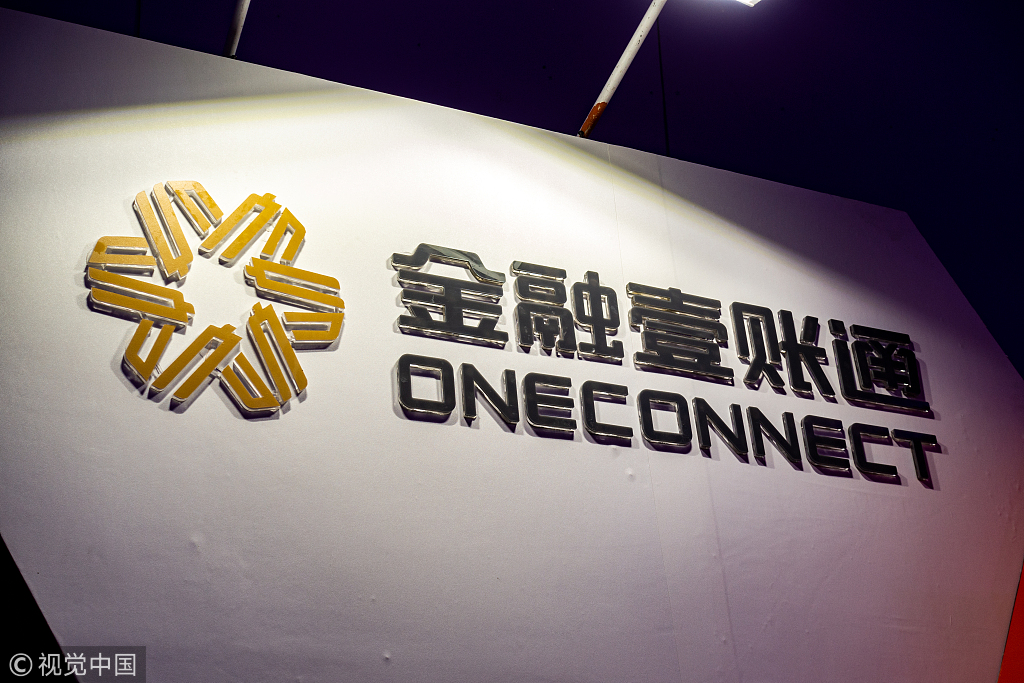Supply chain finance: Solution for SMEs' financing


OneConnect, a fintech unit subsidiary of Ping An Insurance Group, together with China Association of Small and Medium Enterprises (CASME) and Internet Finance Association of Small and Medium-sized Banks (Shenzhen), jointly announced the establishment of Supply Chain Finance Working committee of CASME on Tuesday.
The move is to better leverage financial technologies to help capital-thirsty small and medium-sized enterprises (SMEs) access inclusive financial services.
"Supply chain finance is an important breakthrough in alleviating the financing difficulties faced by SMEs," said Ye Wangchun, CEO and chairman of OneConnect, at the unveiling ceremony for the newly built committee. "With cutting-edge technologies like blockchain, artificial intelligence (AI) and cloud computing, the committee will step up efforts to make it easier, faster and more affordable for SMEs in the supply chain to obtain credit, opening up an over 27-trillion-yuan supply chain finance market for small and medium banks in China."
According to Ye, who is also the director of the committee, the essence of supply chain finance is to focus on a core enterprise in the supply chain, and manage its upstream and downstream capital flow to grant credit to enterprises in the entire industrial chain. In this way, supply chain finance transforms the uncontrollable risk of a single enterprise into a controllable risk of the supply chain as a whole.
Moreover, it enables SMEs suppliers to leverage the better credit rating of their corporate buyers to free up working capital. They can get immediate payment by selling their invoices to a financial services provider, with the bank assured of payment from the buyer on a later date.
"SMEs are an important player in the economy, making significant contributions to job creation and technological innovation, but a lot of them are mired in the financing difficulties," added Ye. "As of the end of 2017, only 24.67 percent of banks' credit went to SMEs, more than 40 percent of SMEs lacked access to credit and the cost of financing for SMEs was 1.5 to 2 times higher than that of large enterprises."
"Information asymmetry among companies and between SMEs and lenders is the main culprit of the financing problems. Given SMEs' high risks, commercial banks are reluctant to lend to them," said Huang Jianmin, deputy general manager of China Railway Construction Investment Co Ltd, whose parent company currently has 460 thousand suppliers.
The central government was also concerned about SMEs' financing conundrum. In the Government Report Work delivered in the two sessions, Premier Li Keqiang set a goal for large commercial banks to raise their loans to small and micro businesses by over 30 percent.
Li Jingya contributed to this story.




































